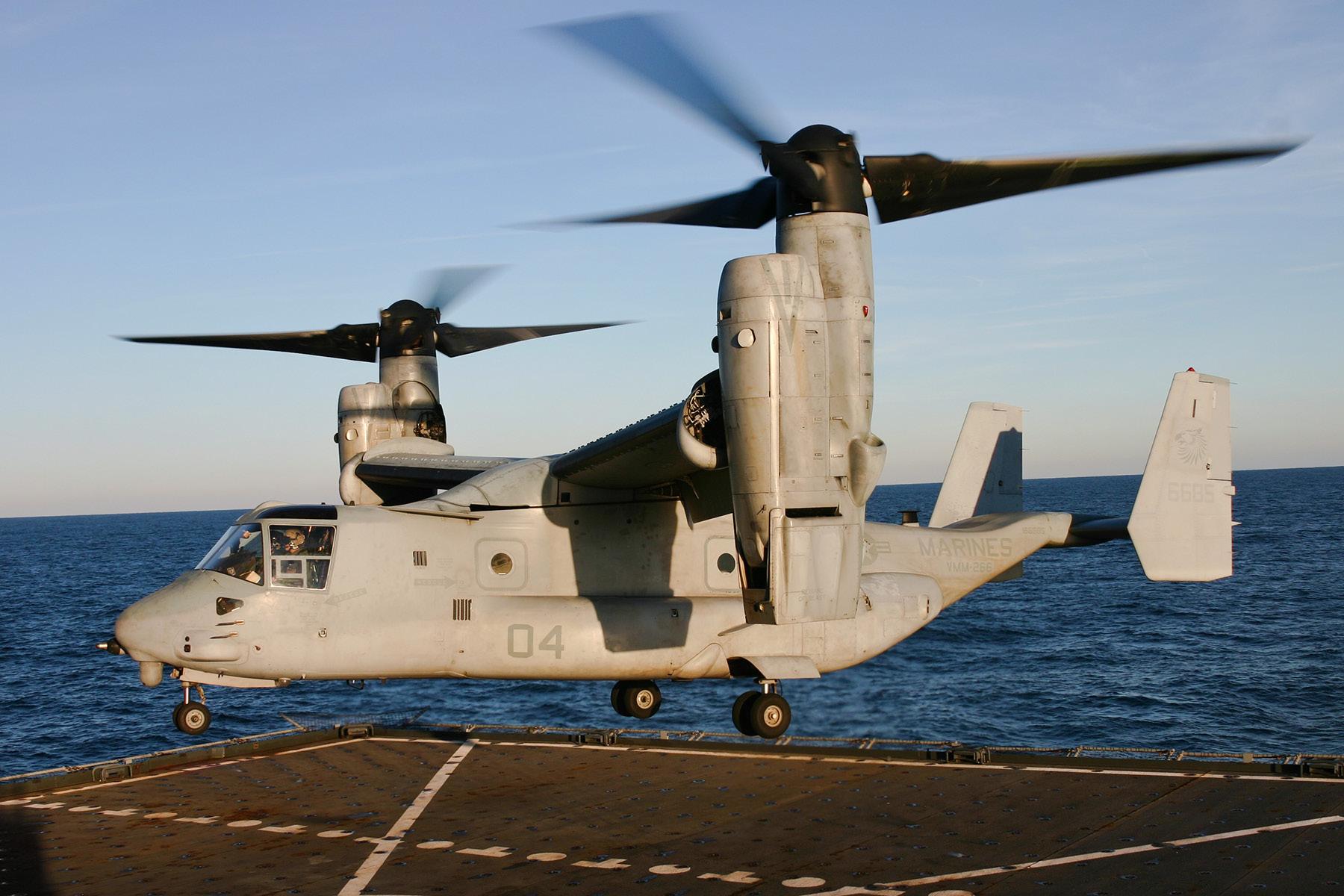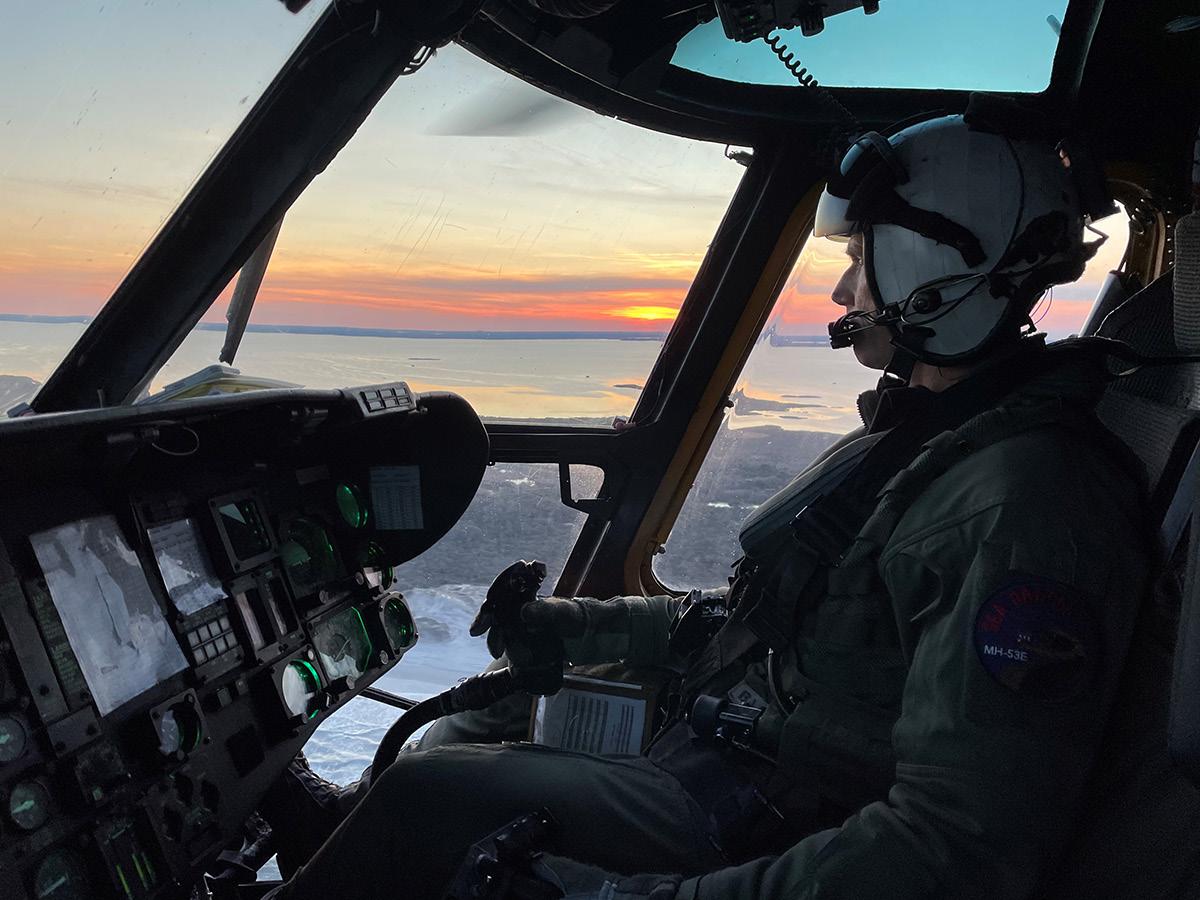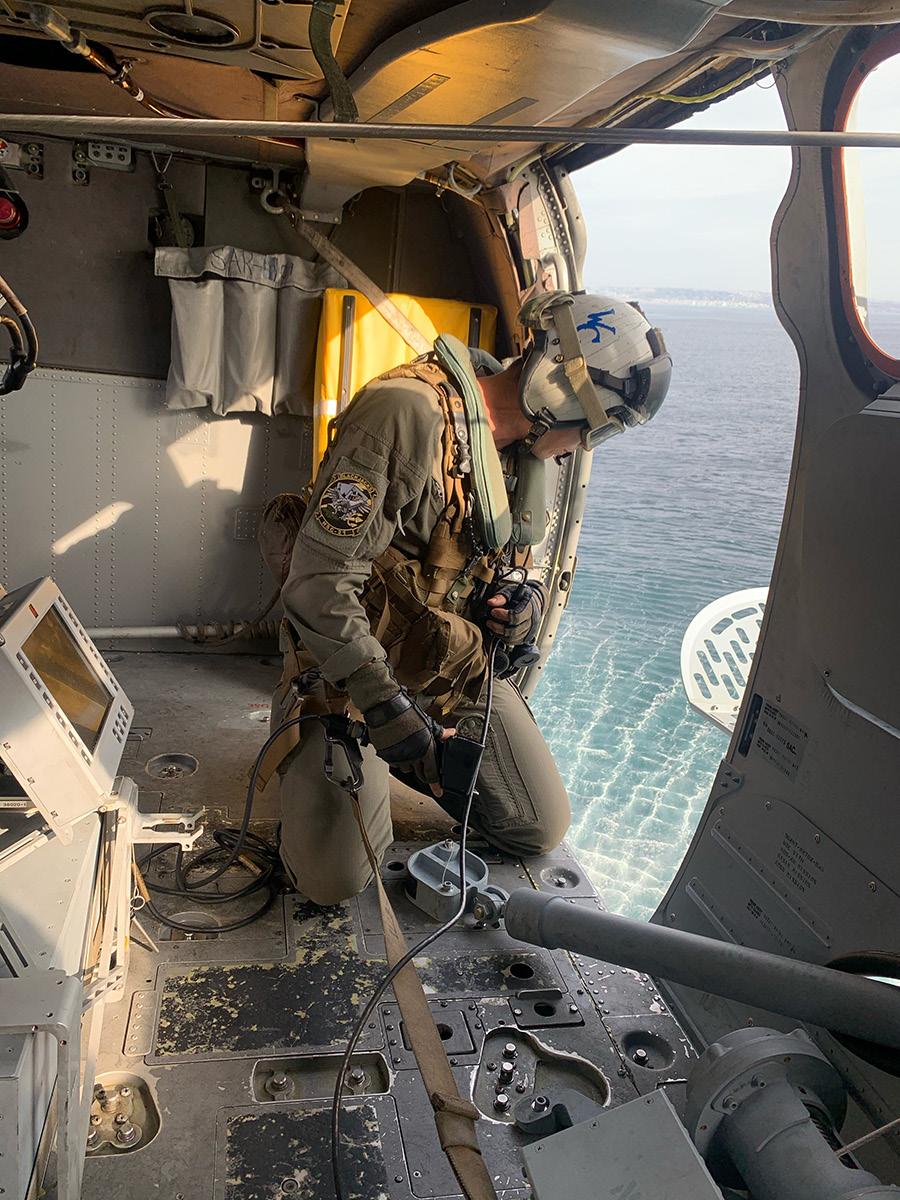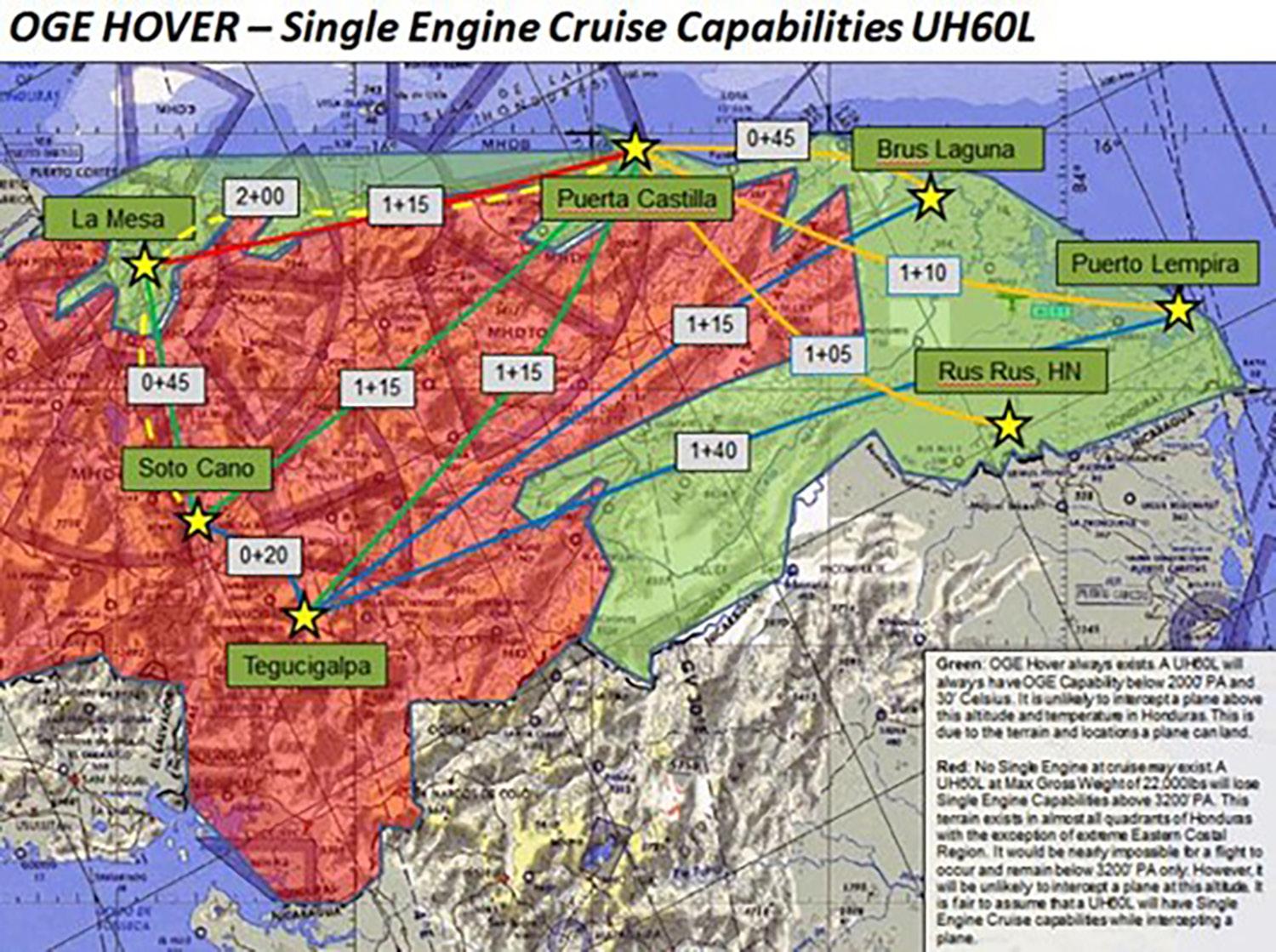
4 minute read
Visiting the USS Gerald R. Ford and the C-2 to CMV-22B Transition
By Dr. Robbin F. Laird
I visited the USS Gerald R. Ford this past October and wrote a report on the carrier and its new capabilities to change its workflow. With its new workflow, not only do sortie generation rates go up, but the flexibility to deliver diverse combat packages into the extended battlespace is enhanced as well.
Then in November, I flew to the ship with selected media to have a chance to observe the carrier doing cyclic operations. Two thirds of the air wing was onboard for the training. We flew to and from the carrier in the C-2 and experienced the advanced arresting gear on landing and the electronic magnetic launch system on take-off. Compared to the Nimitz Class, the lift from the carrier and the impact was very different, quicker and smoother with EMALs.
But with the Ford and its forward located island, there is significant deck space now available on the carrier deck where additional air combat assets can park, be resupplied and go. Thinking about the CMV-22B, one can easily see it fitting into the ops cycle of the deck differently and being moved rapidly to a point to disembark cargo or personnel and to get refueled near the island, or perhaps in the unique in-deck refueling stations. And the CMV-22B will be able to launch rapidly from the deck, not having to rely on the normal carrier launch cycle. It will be able to land at night, keeping the combat supply rhythm on pace with the capabilities of the new carrier.
My first landing at sea in an Osprey was in 2007, when we flew to the British warship, the HMS Illustrious. In 2007, the HMS Illustrious was the first non-U.S. ship on which an Osprey was to land. I certainly learned first-hand that an Osprey can land on a wide range of warships, and saw in the Bold Alligator exercise that an Osprey can even land on a T-AKE ship.
I remember that take-off and landing well. Frankly, I did not notice the shift from rotorcraft to airplane mode, but when we saw HMS Illustrious in the water and approached to land, the shift was very noticeable.
It is clear that a C-2 is not an Osprey. Whatever platform to platform comparison one might wish to make, there is one strategic impact which the CMV-22B and its MV-22 brethren brings to the fleet which a C-2 cannot. It is the ability to crossdeck supply and to provide for capabilities to move high value cargo around the distributed fleet, seen as pieces on the blue water expeditionary chessboard.
Recently, the CNO has underscored the crucial importance of logistics support for a distributed Fleet. This is how the CNO put it: “Our logistics enterprise and strategic sealift capacity are vital to a dynamic Joint Force operating forward in support of national interests.”
Recently, I visited the Military Sealift Command where clearly, they are addressing the challenges raised by the CNO. Notably, the head of MSC is a former carrier Admiral, which suggests how the Navy is focusing on the importance of MSC for the operational viability of the Fleet.
But MSC is not enough to meet the challenge. The logistical challenge needs to be met by the logistical enterprise writ large. This means that as the Fleet distributes across the maritime maneuver space and prepares to execute its offensive and defensive capabilities, a logistics enterprise has to function at full tilt to provide the equipment and supplies needed for operational effectiveness.
In the land wars, FedEx and commercial shipping could provide inputs to the landbased depots. This is hardly the support model facing high tempo combat operations, where the supply chains themselves are key targets by our adversaries. If you distribute the force, then the question becomes not simply how you supply the Fleet from external assets, but it also means that the Fleet can shape ways to cross support as well, notably with high value supplies which a combat force might need.
With the coming of the CMV-22B to the fFeet, the focus has been upon the C-2 being replaced by the new asset to do carrier support. But there is no reason, that an Osprey cannot do cross fleet support, by air transporting WITHIN the Fleet of critical supplies. This then raises questions about the numbers of such assets the fleet will need .
Notably, the Fleet will face the WINCHESTER problem. Running out of weapons during engagements with a highvolume weaponized adversary is clearly a challenge either with regards to the Pacific or the North Atlantic. While the MSC will focus on bulk cargo and tanker support, weapons as a high value supply need to be moved rapidly to the platform which needs those weapons the most. Frankly, air lift is the only credible means to do so. And for the Navy, increasing the current Program of Record and buying more CMV-22Bs is the obvious answer.


On Feb. 9, 2012, an MV-22 Osprey assigned to the Fighting Griffins of Marine Medium Tiltrotor Squadron (VMM) 266 makes a historic first landing aboard the Military Sealift Command dry cargo and ammunition ship USNS Robert E. Peary (T-AKE 5). The Osprey landed aboard Robert E. Peary while conducting an experimental resupply of Marines during Exercise Bold Alligator 2012. U.S. Navy photo by LTJG Michael Sheehan, USN.
Photo Credits
C-2 onboard the USS Gerald R. Ford, November 11, 2020. Photo credit: Robbin Laird
MV-22 onboard the HMS Illustrious, 2007. Photo credit: Robbin Laird
On Feb. 9, 2012, an MV-22 Osprey assigned to the Fighting Griffins of Marine Medium Tiltrotor Squadron (VMM) 266 makes a historic first landing aboard the Military Sealift Command dry cargo and ammunition ship USNS Robert E. Peary (T-AKE 5). The Osprey landed aboard Robert E. Peary while conducting an experimental resupply of Marines during Exercise Bold Alligator 2012. U.S. Navy photo by LTJG Michael Sheehan, USN.










